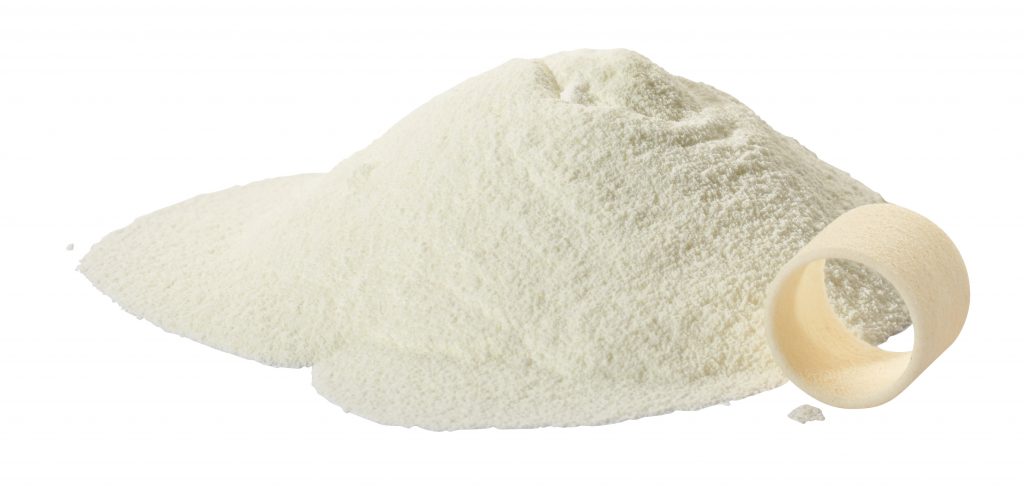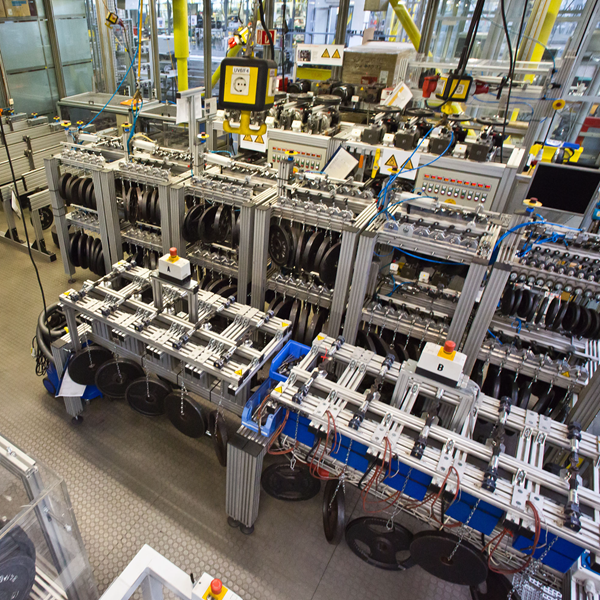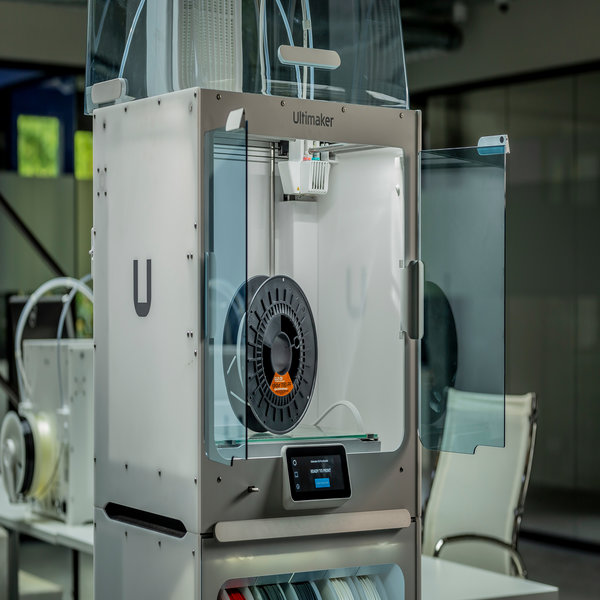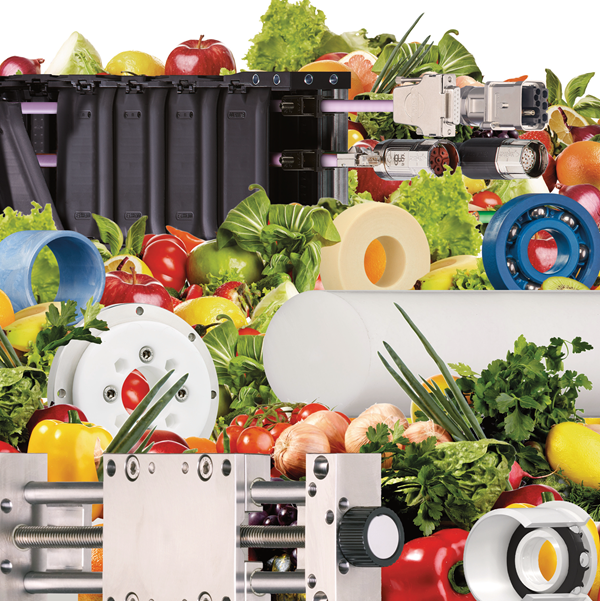What is selective laser sintering ?
Selective Laser Sintering (SLS) is one of the powder-based additive manufacturing technologies. Physical plastic components are manufactured on the basis of CAD data by means of the energy input of a laser beam. The plastic in powder form is used as the starting material. The laser can be either a CO² laser or an infrared laser.

The laser sintering process is divided into 3 recurring steps:
- Application of the powder layer
- Adjustment of the temperature
- Exposure of the current layer
The powder is applied in a thin layer (typically 0.1mm) above a fabrication platform in the build chamber of the printer and then heated to just below the melting temperature.
Selective Laser Sintering process
The powder needs to have very good particle size distribution, if possible in the range of 10 to 100 µm. The powder must have sufficient flowability to ensure that the loose powder particles are packed together very tightly.

The laser beam melts the current cross sections (of the respective components) that are positioned in this layer. When the thin powder layer is exposed to the laser beam, it fuses with the layer underneath. Once a layer has been exposed, the fabrication platform is lowered, and the next layer of powder is applied.
In the next step, the fabrication platform in the build chamber is lowered further and the powder bed, consisting of the already exposed parts and loose powder that functions as a support, descends so that further layers can gradually be added on top. In this way, the entire build chamber is filled additively from top to bottom at a speed of approximately 10mm/h and several hundred to a thousand small- to medium-sized parts of the component being built are fabricated.
After completion of the fabrication job, it has to be allowed to cool. Cooling lasts approximately as long as the fabrication time. The build chamber container is then removed and carefully emptied in an unpacking station. The excess powder that has not been melted by the laser is removed and can be used again for the next printing process (recycling rates of approximately 10% to 50% are usual for laser sintering and can vary depending on the material used).
Excess powder is removed from the cooled components and, depending on the requirements for the surface, are exposed to further treatment such as dyeing or smoothing. Glass bead blasting is a standard cleaning method used in selective laser sintering printing.
For more blogs relating to 3D printing with igus®, click here.
Visit the website to find out more about igus® 3D Print.
Alternatively, contact our Product Manager Dean Aylott: daylott@igus.co.uk for any 3D Print enquiries.




